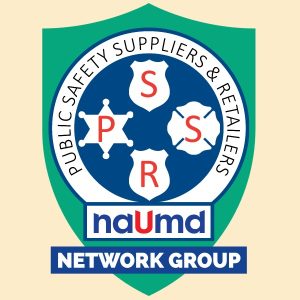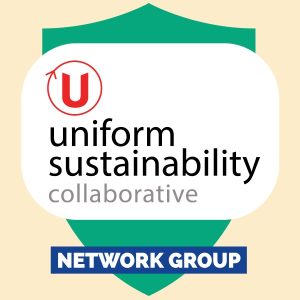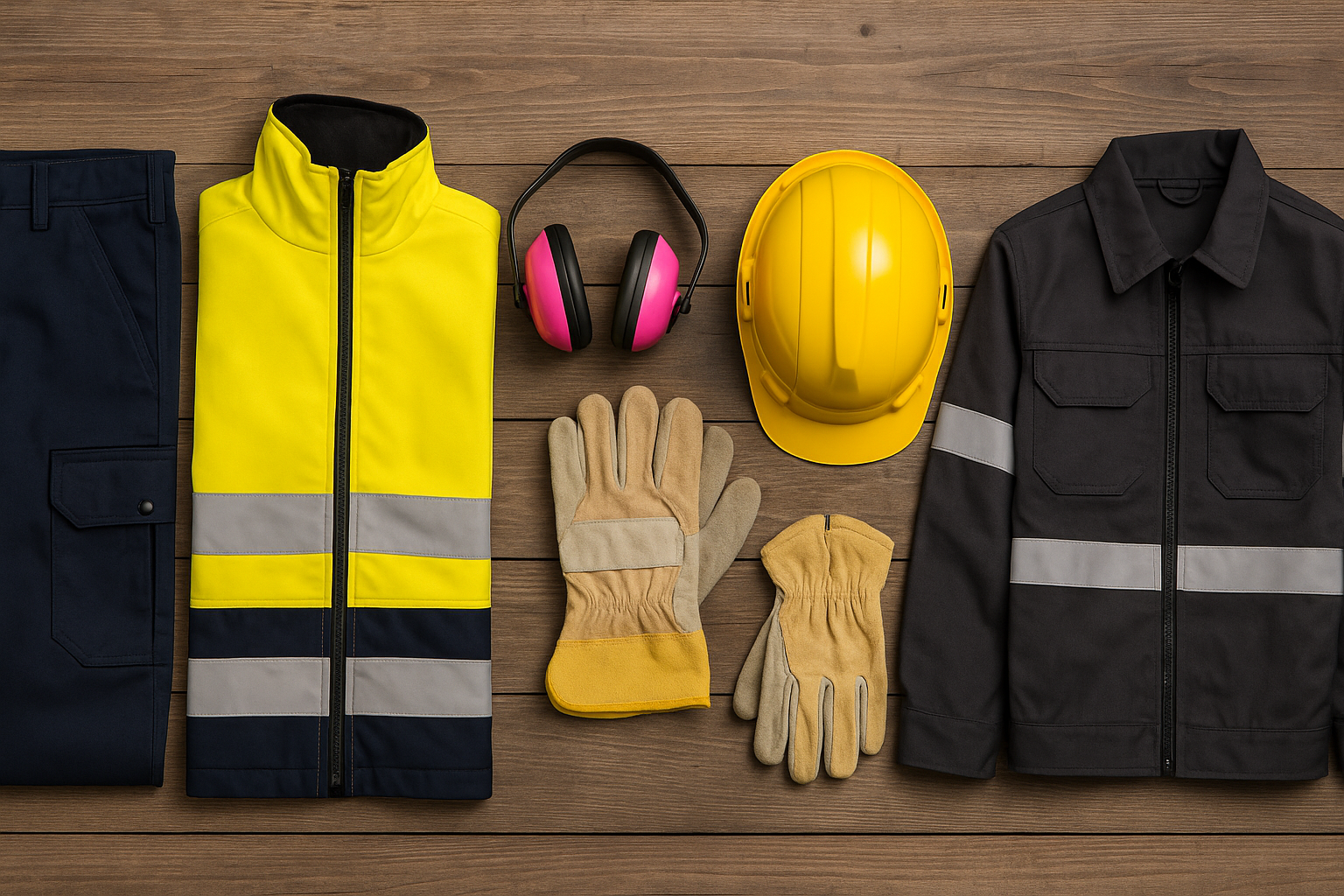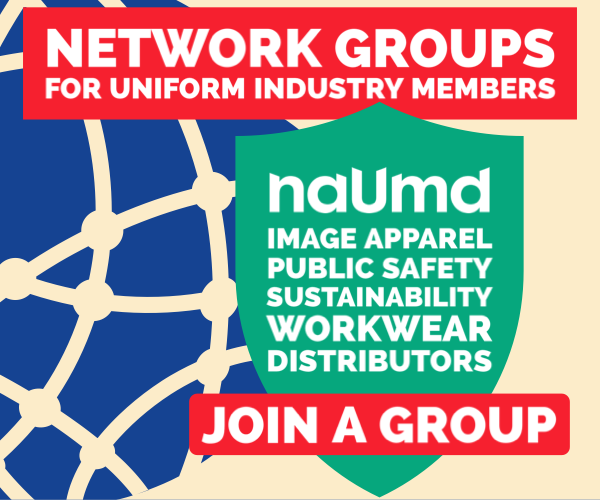We’ve come a long way toward inclusion in the workplace, but when it comes to uniforms and PPE, women are still getting short-changed—sometimes literally. Despite major strides in recruitment across public safety, construction, and heavy industry, most women still struggle to find protective gear that actually fits.
That was the focus of a recent NAUMD Network Discussion titled My Body, My PPE: Addressing the Women’s Fit Gap in Workwear, led by Amy Roosa, founder of The Safety Rack. A 20-year safety professional turned advocate and researcher, Roosa’s work brings hard data to a problem too often dismissed as a comfort issue rather than a safety hazard.
Her 2024 global survey of more than 500 women in construction, manufacturing, mining, transportation, and utilities revealed something startling: one in five women has been injured due to ill-fitting PPE, and two in five report near misses. That’s not a matter of preference—it’s a matter of risk.
The Data Behind the Discomfort
The survey, released in The Safety Rack’s Equity in Safety report, captures what many women have long known: “unisex” doesn’t mean universal. Gloves too big to grip, boots that roll ankles, and jackets that snag on equipment are more than daily frustrations—they’re liability multipliers. As one safety manager in the discussion put it, “We’d never accept gear that endangered our workers. But we do it every day when we ignore fit.”
Roosa’s organization has begun cataloging every known workwear and PPE brand offering women’s fits worldwide, providing a resource for employers and end users. But availability alone doesn’t solve the issue. Much of the problem, participants agreed, comes down to procurement and perception. Many distributors still treat women’s PPE as a special order rather than a stocked essential, and some employers believe that “unisex” options are sufficient.
Beyond the “Pink It and Shrink It” Problem
At one point, Roosa mentioned the common industry phrase “pink it and shrink it,” and the group laughed in recognition—because everyone knew exactly what it meant. The practice of taking a men’s garment, making it smaller, and coloring it pink might check a box for inclusivity, but it fails on the job site.
One NAUMD member from the public safety sector shared that “officers often don’t even know women’s uniform fits exist because their department’s supplier doesn’t stock them.” Another added that in law enforcement, “female officers wearing ill-fitting ballistic vests can experience pain, restricted movement, and worse—reduced coverage where protection matters most.”
That point hits especially hard. In policing, the fit of body armor can determine whether an officer walks away from a call—or doesn’t. Departments are legally required to provide gear that fits, but few have standardized procedures for measuring or ordering female-specific protective vests. In many cases, fit testing is an afterthought.
Education as a Safety Standard
For Roosa, the solution begins with education. “Employers and distributors both need to understand their shared responsibility,” she said. “OSHA already requires that PPE fit the end user correctly. We just haven’t enforced that expectation culturally.”
Several attendees noted the need for better training at the distribution level—sales reps and procurement officers who can speak confidently about women’s sizing and safety implications. As one participant commented, “You can’t sell what you don’t understand. If the rep doesn’t know what makes a women’s FR jacket different, they’ll default to unisex every time.”
There’s also a legal and financial incentive to get it right. Work-related injuries linked to improper PPE can cost employers an average of $40,000 per incident, while a properly fitted garment may cost only $10 or $20 more. “It’s not a pink tax,” one manufacturer noted. “It’s an insurance policy.”
Designing for Everyone
The conversation didn’t stop at gender. Several members expanded the discussion to true inclusivity—designing for a range of body types, physical abilities, and medical needs. One noted that “a more inclusive fit standard doesn’t just help women; it improves comfort and performance for everyone on the job.”
Emerging technologies like AI-driven body scanning and measurement-based sizing are already reshaping the landscape, helping manufacturers move beyond arbitrary size labels to garments that reflect real human data. As Roosa put it, “This isn’t about creating special treatment—it’s about ensuring everyone can work safely and comfortably. The goal isn’t to fix women’s PPE; it’s to make fit part of the safety culture for everyone.”
The Takeaway for the Industry
For law enforcement, ill-fitting vests and uniforms are more than discomfort—they’re safety and confidence issues that affect performance in the field. For workwear suppliers, poor fit translates to liability, product returns, and lost trust. For distributors, it’s an opportunity: the chance to lead with expertise, educate clients, and meet a growing market demand that aligns perfectly with modern safety and DEI goals.
The My Body, My PPE discussion underscored what NAUMD’s network does best—connecting manufacturers, distributors, and end users to share best practices that lift the entire industry. It’s a reminder that inclusivity isn’t a trend; it’s part of professional responsibility.
And in the uniform world, when something doesn’t fit, it’s not the worker who needs to change—it’s the system.




















